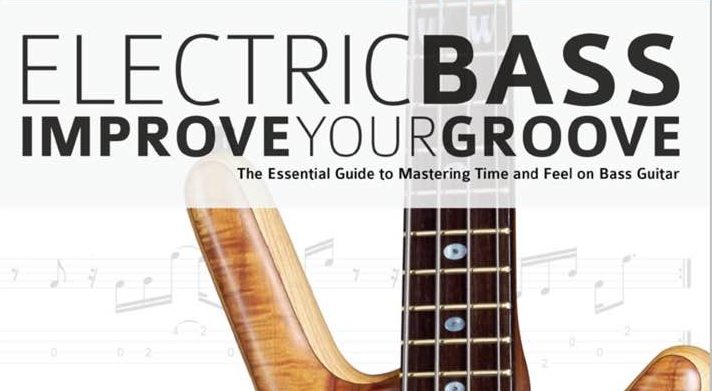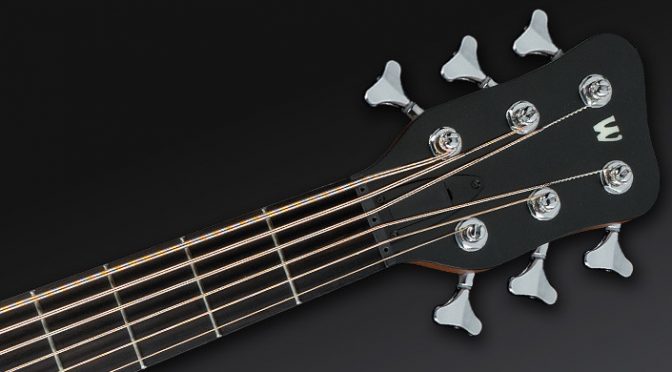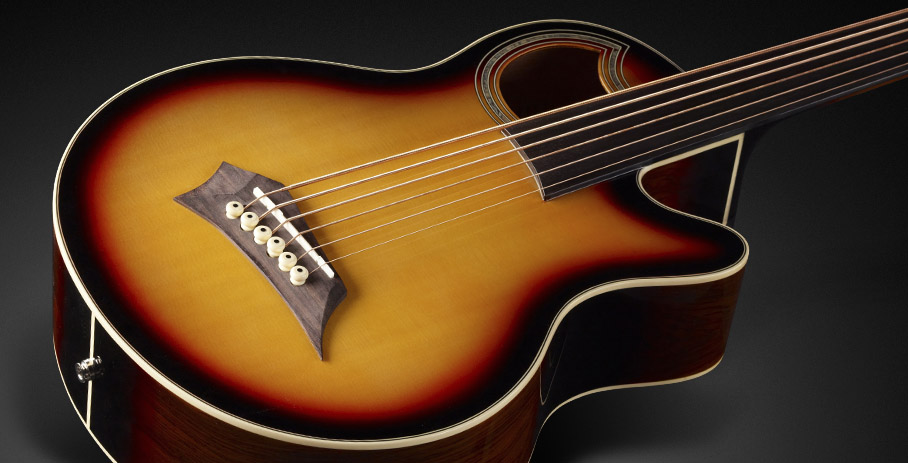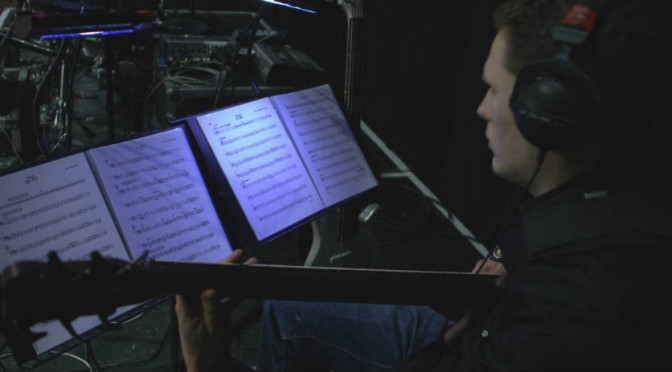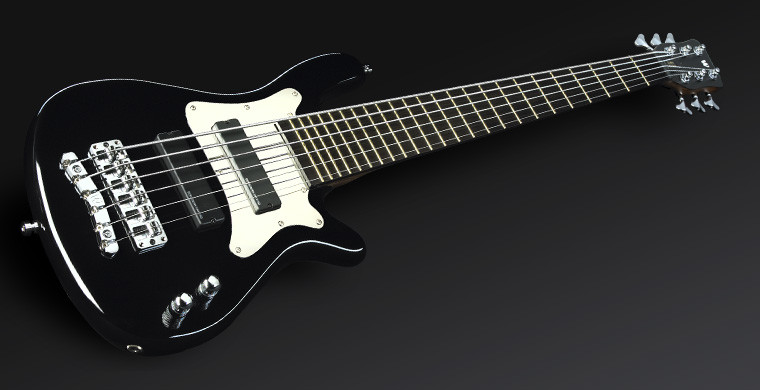A Guide to Playing Offbeat Bass Grooves
In this video lesson I’m going to explain why offbeats are so important. What is an offbeat and how can you improve your bass groove by playing them more accurately?
Where’s the one?
It’s a question I often hear when I’m teaching rhythms like the one below. It usually means that the bass line in question either doesn’t accent the first beat of the bar, or in this case, doesn’t play on beat one at all.
Cuban Tumbao Rhythm

The rhythm above is based on the Cuban tumbao rhythm. It’s a tricky rhythm because it never plays on the first beat of the bar.
Beats and Offbeats
Bass players shouldn’t define their grooves by beat one. All music with a 4/4 time signature (which is most music) contains four beats and four offbeats in every bar. Every beat and every offbeat is equal, and you must know how to place notes accurately on any of them if you want to have a great groove. Beat one isn’t more important than any of the other seven subdivisions.
The key to making the bass line in the example above groove is the ability to play the offbeats very accurately. Most people can play accurately on beats but playing on the offbeats is harder.
How do I practise playing offbeats?
The following example was written to help you practise playing on the offbeats. The first note of each bar is on beat one and the remaining notes are played on the four offbeats.

The next example for you to practise is a funky bass groove that features lots of offbeats.

How do you improve your offbeat groove?
When you practise the examples above, make sure you play the offbeats very accurately. In order to do this, start by playing slowly in time with a metronome or drum beat. You can find these for free online. Then say Ta-Ka in time with the beat. Ta is the beat and Ka is the offbeat. If your offbeat notes land exactly on the syllable Ka, then you know your timing is good.
It often helps to record yourself playing slowly. You will often notice misplaced notes more when you listen back to a recording than you did when you were playing.
For more examples, check out my new book Electric Bass – Improve Your Groove: The Essential Guide to Mastering Time and Feel on Bass Guitar.

Containing over 140 audio examples featuring eighth and sixteenth note grooves in a variety of styles including rock, blues, jazz and Latin. It also features sections on syncopation, shuffle feels, triplets and swing. It has practical advice for grooving with drums and sharing a collective time feel in a group. And it features five pieces with play along backing tracks to help you put these ideas into practice.


